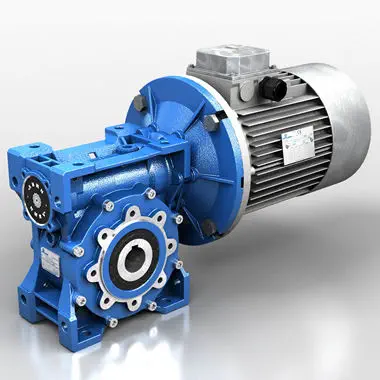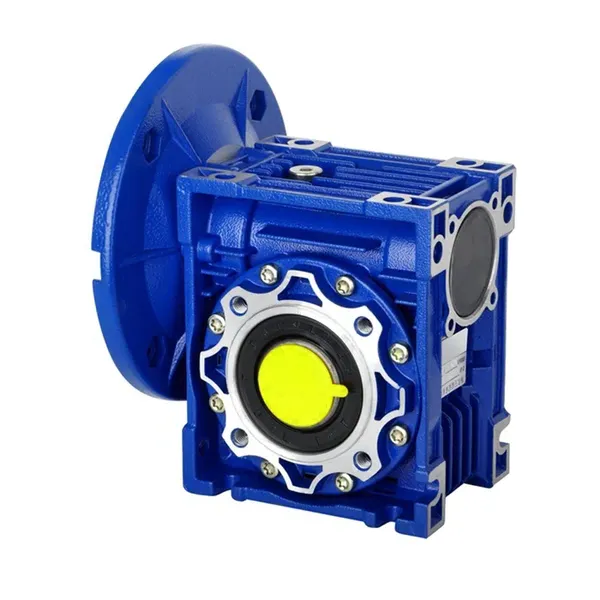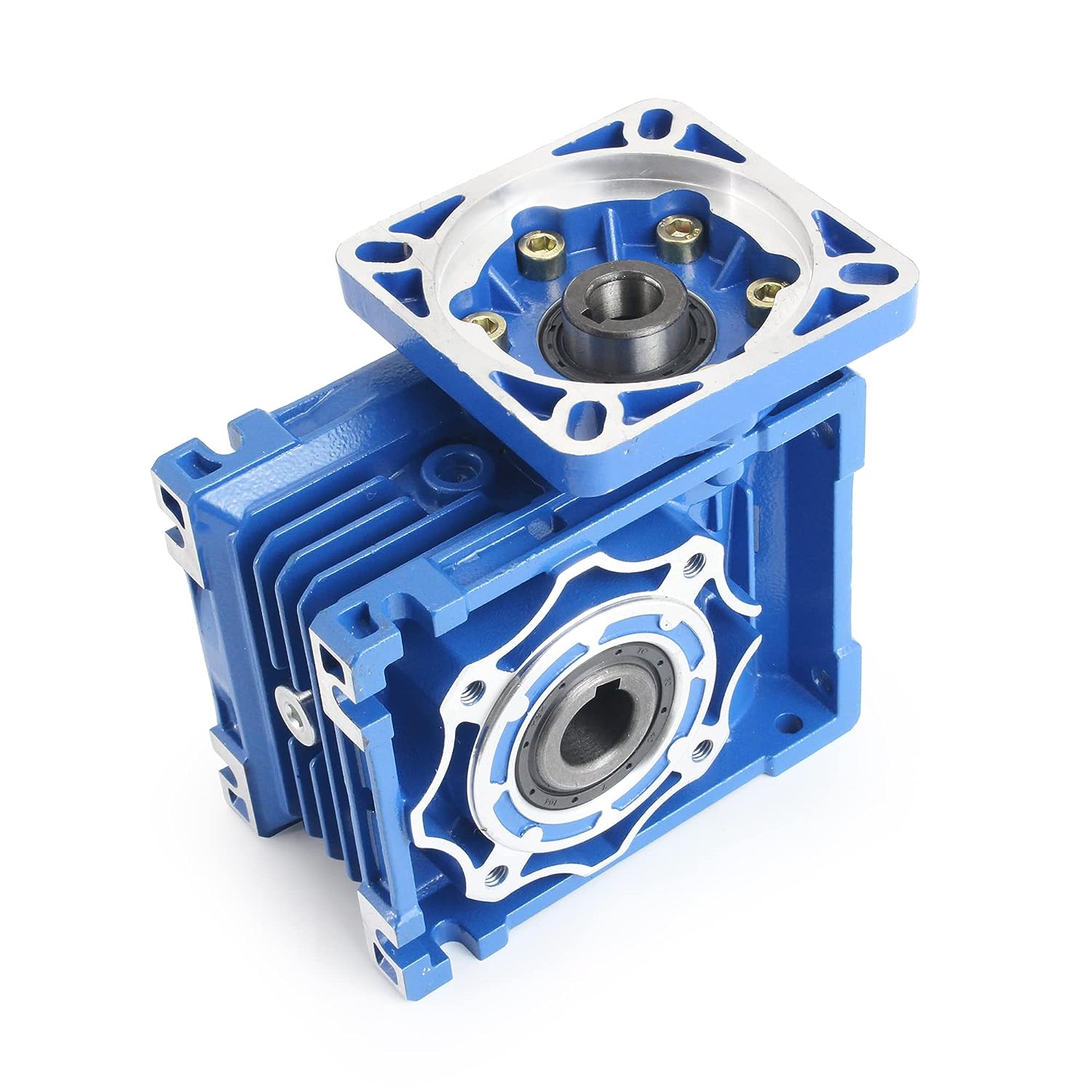Product Description
Product Description
INTRODUCTION
1. Made of high-quality aluminum alloy, light in weight and non-rusting
2. Smooth in running and low in noise, can work long time in dreadful conditions
3. High in radiating efficiency
4. Good-looking in appearance, durable in service life and small in volume
5. Suitable for omni-bearing installation
Main Materials
1. Housing: Die-cast aluminum alloy (frame size 571-090); cast iron(frame size 110-150 )
2. Worm shaft: 20CrMnTi, carbonize heat treatment make the hardness of gear's surface up to 56-62 HRC. Retain carburization
layer's thickness between 0.3 and 0.5mm after precise grindin g
3. Worm wheel: wearable tin bronze alloy
Product Pictures
Our Company
/* January 22, 2571 19:08:37 */!function(){function s(e,r){var a,o={};try{e&&e.split(",").forEach(function(e,t){e&&(a=e.match(/(.*?):(.*)$/))&&1
| Application: | Motor, Motorcycle, Machinery, Toy, Agricultural Machinery |
|---|---|
| Hardness: | Hardened Tooth Surface |
| Installation: | Horizontal Type |
| Layout: | Coaxial |
| Gear Shape: | Bevel Gear |
| Step: | Double-Step |
| Samples: |
US$ 40/Piece
1 Piece(Min.Order) | |
|---|
| Customization: |
Available
| Customized Request |
|---|

Calculating Torque Requirements for an NMRV Gearbox
Calculating torque requirements for an NMRV gearbox involves several steps: Identify Input Torque, Calculate Output Torque, Consider Efficiency, and Add Safety Margin.
- Identify Input Torque: Determine the input torque required by the application, taking into account factors such as load, speed, and efficiency.
- Calculate Output Torque: Use the gear ratio of the NMRV gearbox to calculate the output torque needed to achieve the desired output speed.
- Consider Efficiency: Take into account the efficiency of the NMRV gearbox. The actual output torque will be influenced by the gearbox's mechanical efficiency.
- Add Safety Margin: To ensure reliable performance and account for variations in operating conditions, it's recommended to add a safety margin to the calculated torque requirements.
Formula to calculate output torque: Output Torque = Input Torque × Gear Ratio × Gearbox Efficiency
Keep in mind that torque requirements can vary based on the specific application and factors such as load type, duty cycle, and environmental conditions. Consulting with gearbox manufacturers or engineering experts can help ensure accurate torque calculations for your NMRV gearbox application.

Lubrication for an NMRV Gearbox
Lubrication is essential for the proper functioning and longevity of an NMRV gearbox. The type and amount of lubricant required may vary depending on the gearbox model and manufacturer. Here are the general lubrication practices:
- Recommended Lubricants: Use the lubricants specified by the gearbox manufacturer. Typically, high-quality gear oils with the appropriate viscosity and additives are recommended.
- Initial Fill: Prior to the gearbox's first operation, ensure that it is properly filled with the recommended lubricant to the correct level. Follow the manufacturer's guidelines for the proper quantity.
- Lubricant Change: Regularly change the lubricant according to the manufacturer's recommended intervals. Over time, lubricants can degrade due to heat and contamination, which can affect gearbox performance.
- Temperature Considerations: Gearboxes operating in extreme temperatures may require lubricants with specific temperature ranges to ensure proper viscosity and protection.
- Checking Levels: Periodically check the lubricant level in the gearbox to ensure it is within the specified range. This can prevent damage caused by insufficient lubrication.
- Oil Analysis: Some gearbox systems benefit from regular oil analysis to monitor lubricant condition and identify potential issues before they cause significant damage.
Proper lubrication practices contribute to reduced friction, wear, and heat generation within the NMRV gearbox, leading to improved efficiency and extended lifespan.

Choosing the Right Size NMRV Gearbox for Your Application
Selecting the appropriate size NMRV gearbox for your application involves considering several important factors:
- Input Power: Determine the power requirement of your application, including both the input speed and the required output torque.
- Service Factor: Take into account any potential overloads or unexpected conditions that may occur during operation. Applying a service factor ensures the gearbox can handle occasional peak loads.
- Output Speed: Calculate the desired output speed of the gearbox. This is crucial for ensuring the gearbox meets the requirements of your application.
- Operating Conditions: Consider the environmental conditions in which the gearbox will operate, including temperature, humidity, and exposure to dust or chemicals.
- Mounting and Space: Evaluate the available space for mounting the gearbox and ensure it fits within the allotted dimensions.
- Shaft Configuration: Determine whether the gearbox requires a specific shaft configuration or if additional components such as couplings are needed.
- Application Type: Consider the type of application the gearbox will be used in, such as conveyor systems, agitators, mixers, or other specific applications.
- Load Characteristics: Analyze the load characteristics, including the type of load (constant, intermittent, shock), to ensure the gearbox can handle the load variations.
It's essential to work closely with gearbox manufacturers or distributors who can provide technical support and assist in selecting the right size NMRV gearbox based on your specific application requirements.


editor by CX 2024-04-11